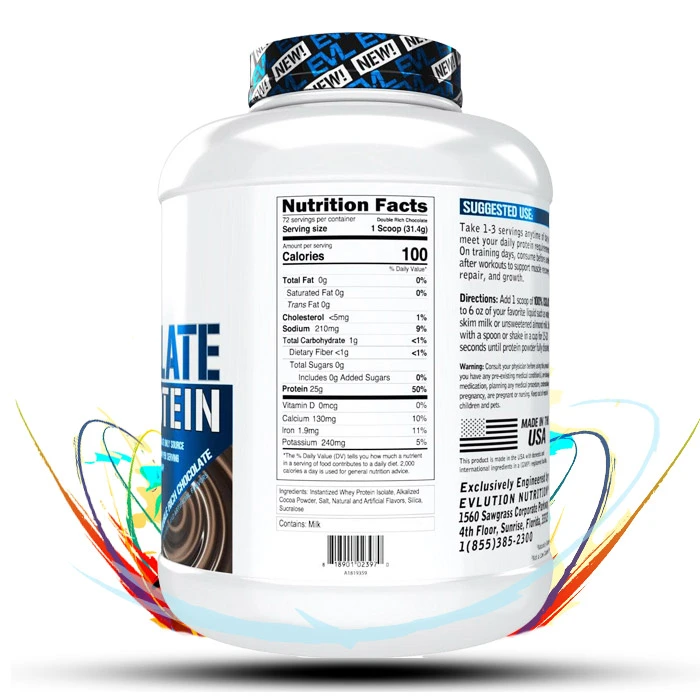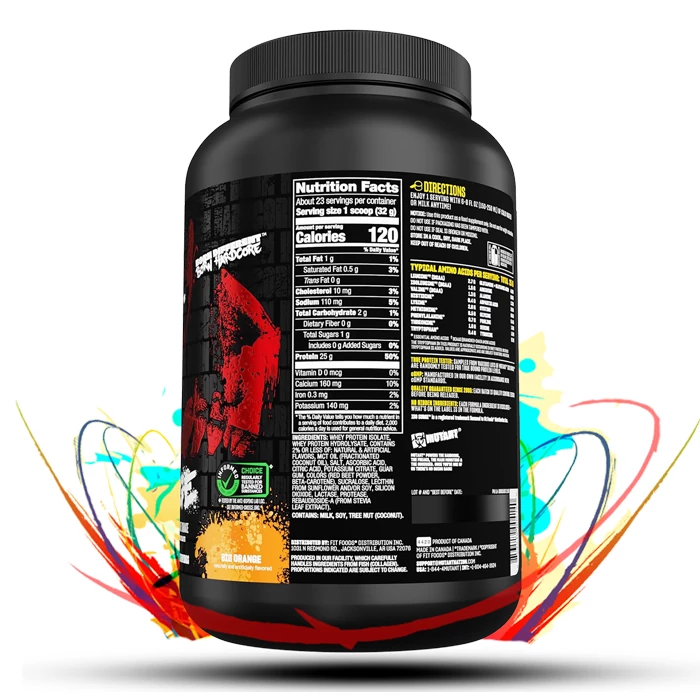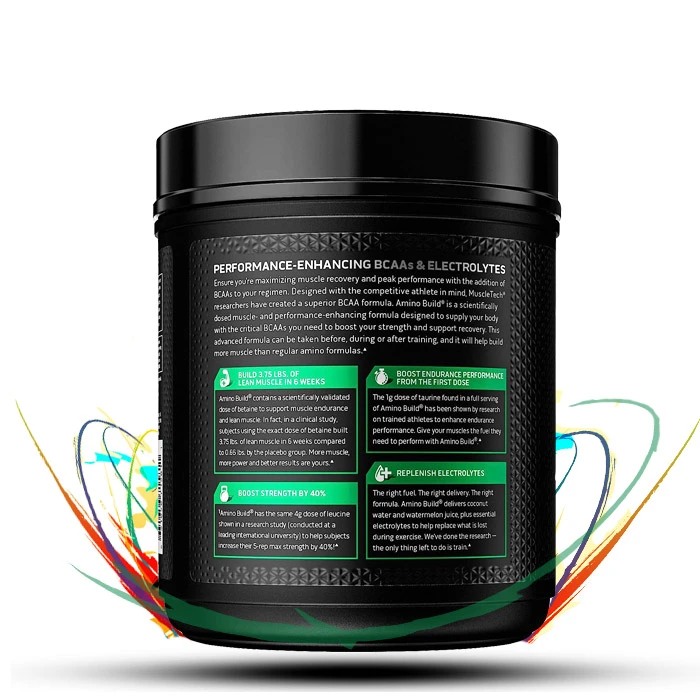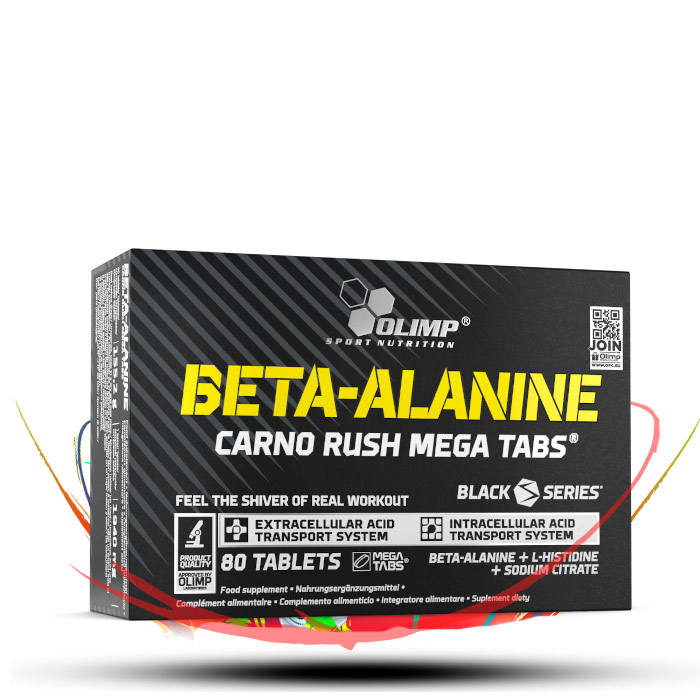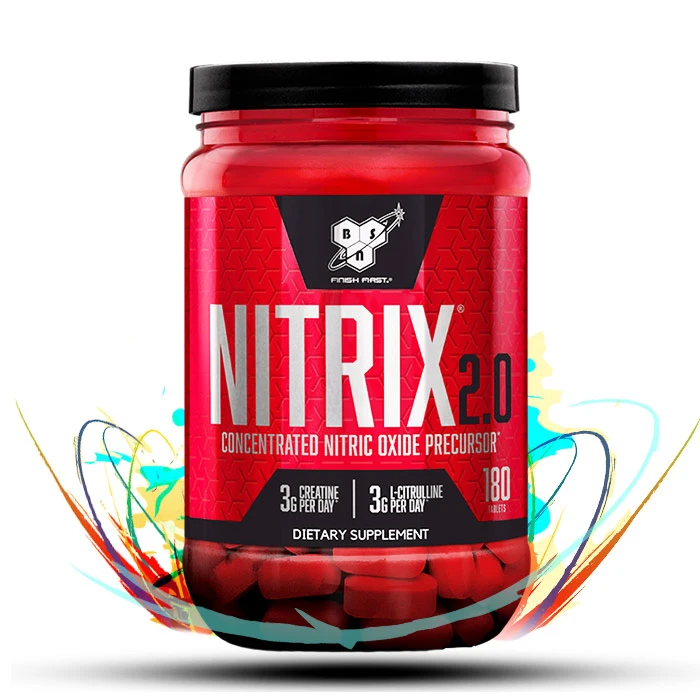One of the most important things that is important about any athlete is physical fitness, hardness and pressure tolerance, and the degree of difficulty experienced. Athletes need to be physically prepared to participate in different competitions. The endurance of Athletes in the face of difficulty and ability, force and physical strength is of particular importance in various disciplines and competitions. RPE is a useful indicator for managing intensity and perception of pressure in physical activity. In this article, we’ll look at the Borg scale.
What is the Borg Scale ?
Rate of perceived exertion is a technique for measuring the degree of hardness and pressure experienced during physical activity. In principle, RPE is a useful tool to help manage the intensity of physical activity of Athletes. The RPE report is usually represented by the Borg Rating Scale.
This scale varies between 6 and 20, and people rate their emotions accordingly. This level is associated with things that a person has about the speed of the heart rate, the intensity of breathing and … Experience and feels determined.
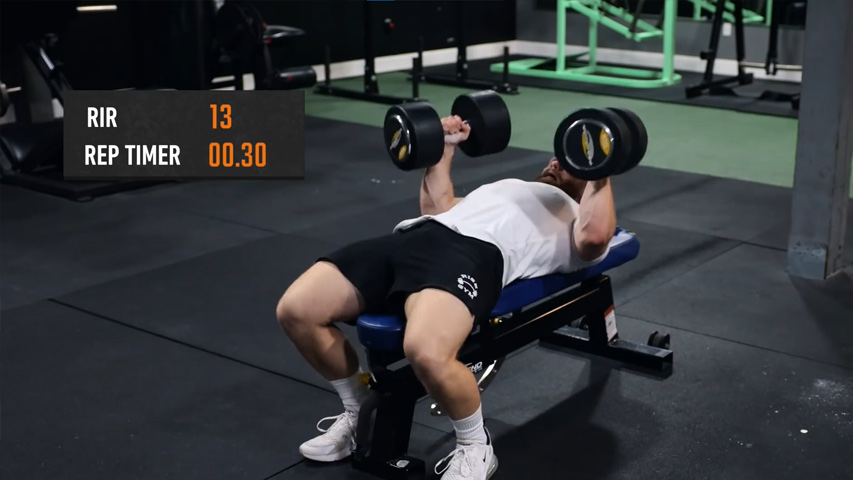
History of the Borg Scale
The Borg scale was first introduced by Swedish scientist Gunnar Borg and in the 1960s. Borg was interested and curious in defining and examining the performance or feeling of people in the face of the body’s physical reaction.
Knowledge of the degree of perception of hardness and pressure is calculated by physical displays experienced by individuals and these indicators include the following:
- Increased breathing
- Increased heart rate
- Muscle fatigue
- Increased sweating
It should be noted that the overall feeling should be considered instead of focusing on a specific marker to use the scale of perception of hardness and pressure.
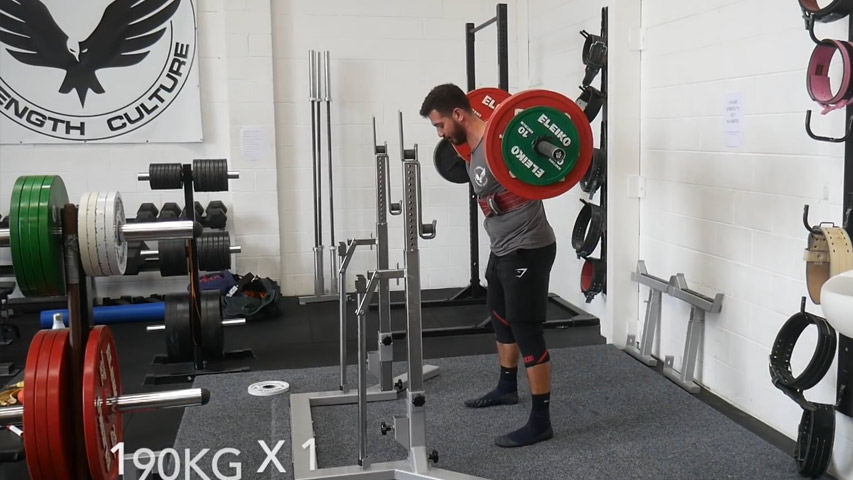
Numbers represent RPE
| 6 | Effortlessly |
| 7 | Very easy |
| 8 | Easy |
| 9 | A little hard |
| 10 | Medium |
| 11 | Slightly more difficult than average |
| 12 | Hard |
| 13 | Very hard |
| 14 | Very difficult |
| 15 | Exhausting |
| 16 | Unbearable |
| 17-20 | Maximum effort |

Benefits of using RPE in Bodybuilding
The use of Borg scale in bodybuilding has several benefits including:
1. Fitness in training
The amount of RPE helps athletes to accurately assess and control their efforts during training and avoid training above or below reasonable limits.
2. Preventing injury
Using RPE well prevents excessive pressure on the body and reduces the risk of injury.
3. Increased and improved performance
The Borg scale helps people to gradually increase their level of effort and gradually see progress in performance and improvement.
4. Increased motivation
RPE creates a rigorous measurement system and helps a person maintain and increase motivation and commitment to the exercise program.
5. Practical and simple
RPE is a simple and easy-to-understand tool that is easily used in any exercise.
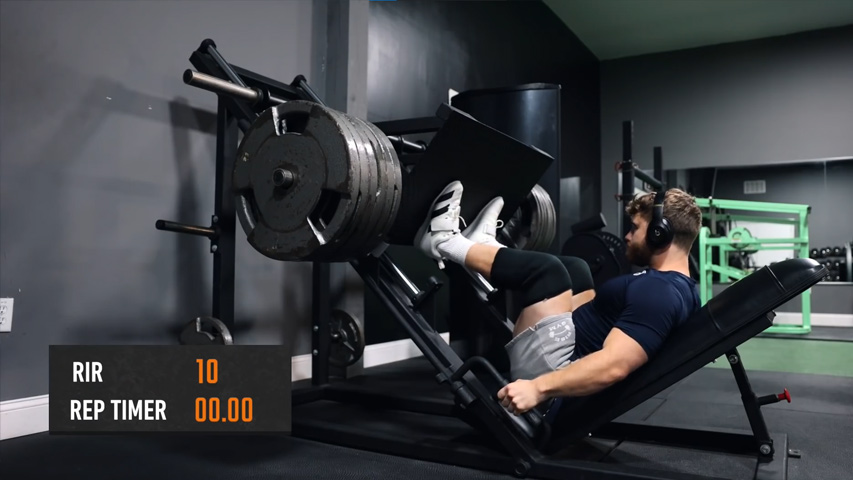
How to calculate the Borg scale ?
The RPE calculator is generally done in two ways:
Numerical Method ;
While doing the exercise, it is necessary to pay attention to the sensation in the body and, according to your opinion, assign a number between 6 and 20 to it. For example, while doing Scott’s movements, you may feel like you’re barely doing the repetitions and imagining the RPE number 12 for yourself.
Descriptive Method ;
In the descriptive method, instead of using numbers, phrases are used to describe the difficulty level of the exercise. For example, the athlete uses phrases such as “I’m breathless”, “my muscles are burning”, or “I’m very tired”.
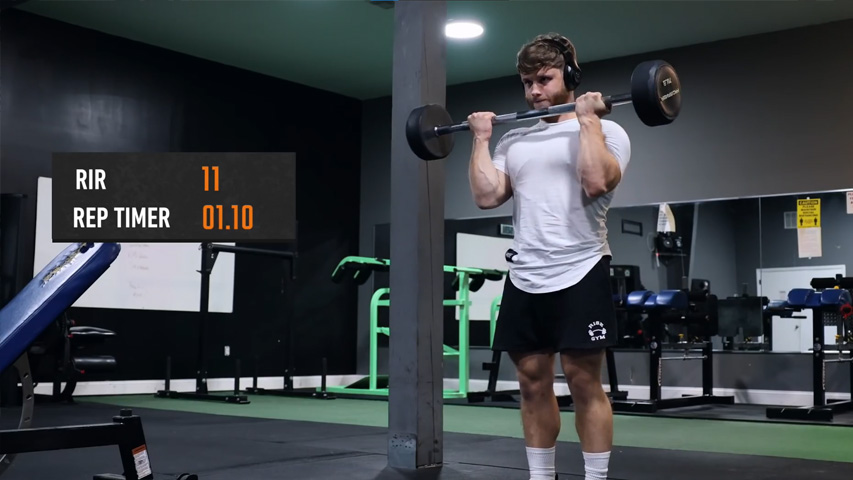
Types of RPE Test
There are several versions of the Borg scale. The classification on this scale is shown between 6 and 20 and 0 and 10 for different types. The Borg CR10 scale is a modified type, which we will describe in detail below.
What is Modified RPE?
Sometimes during exercise, pain is felt in addition to physical fatigue, increased breathing, and heart rate. This is considered on the modified Borg scale, also known as CR10.
The CR10 index is similar to the same as the original Borg scale with the difference that the amount of pain is taken into account on this scale.
The modified Borg scale ranges from 0 to 10, with 0 being the lowest and 10 being the highest.
Is RPE a useful metric to measure?
The Borg scale is a simple and practical tool for determining the intensity of the pressure caused by exercise on a person. In a situation where the number of these indicators is high and the feeling of hard breathing, shortness of breath and excessive fatigue is observed in the person, it is considered a warning that the athlete is at risk. After realizing this, it is necessary to reduce the speed and intensity of activity.
On the other hand, this criterion is a suitable and important tool for determining the change in physical fitness level. RPE also plays a very important role for people whose heart rate does not reflect their activity.
The Borg scale is useful for people taking beta-blockers or other heart rate-slowing drugs, as it controls and calculates the intensity of their physical activity.
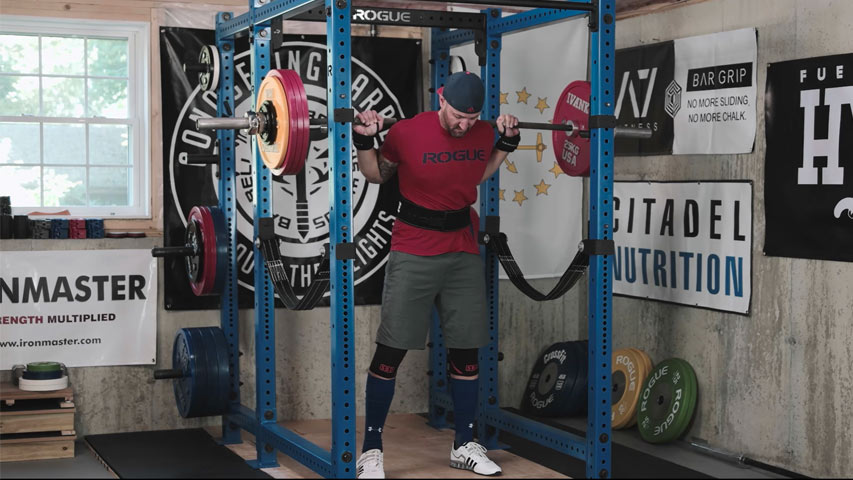
What is the Relationship between RPE Training and Heart rate?
The Borg scale starts at 6 instead of 1 to make it easier to calculate heart rate. To determine the normal heart rate, the RPE number is multiplied by 10; for example, if the number is 10, a person’s heart rate is likely to be something like 100 beats per minute.
Note that this science is not entirely accurate and has several factors that affect heart rate increases or decreases.
Practical applications of the Borg RPE scale
1. Designing a training program based on scale
The numbers obtained help a person to explain their appropriate exercise plan according to the level of physical fitness and goals.
2. Exercise intensity and time control
During training, the athlete can use RPE to control and adjust the intensity and time of their workouts. For example, if the RPE is 8 when doing exercise, increase it to 10 by increasing the weight or increasing the repetition.
3. Knowledge of progress
The Borg scale will help you track the progress made over time and become aware of it. By recording RPE at each training session, you’ll see a proper increase in fitness and exercise as you progress.

Limitations and Challenges
Like any other tool RPE has certain limitations that need to be addressed:
Is subjective
This scale is a mental tool and is likely to change in different people.
Its accuracy varies
The accuracy of RPE depends on the proper awareness and experience of people towards their body.
External factors affect it
Several factors such as temperature, fatigue, humidity, altitude and … It can affect this scale.
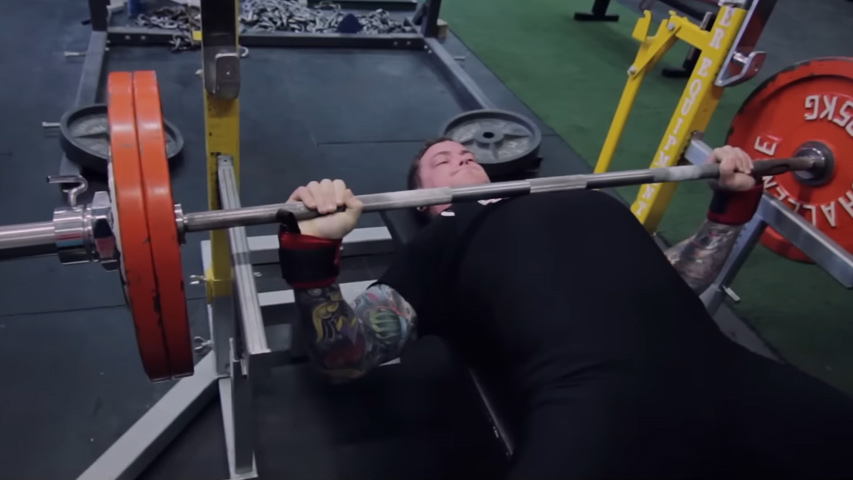
Practical Tips
- At the beginning, it is necessary to use the Borg scale with caution and not make certain decisions and functions based on it until you are completely familiar with it.
- Consider RPE an auxiliary tool as it is not the only tool to measure the intensity of the workout and should be used alongside other related tools such as breathing sensation and heart rate.
- Consult with expert trainers and consult if you have difficulty using it.
When should we see a Doctor?
RPE, which is a good way to determine the intensity of exercise, can be used to control physical conditions to an acceptable extent. However, people who experience excessive fatigue, loss of motivation, or long-term, annoying pain need to take a few days off to improve their condition. Reducing the intensity of exercise in a few days helps the muscle repair process.
It should be noted that if the symptoms do not improve and the feeling of physical fatigue persists for a long time, you should see a doctor and consult him. Also, if you are concerned about heart rate and related symptoms, you should consult a specialist in the relevant field.
Last word about RPE Training
The Borg scale RPE stands for Rate of perceived exertion and means the degree to which pressure and hardness are perceived during physical activity. In simpler terms, this mental tool is felt to determine the level of physical activity. The amount obtained from this scale varies between 6 and 20, indicating how much physical activity and difficulty it is. Borg’s modified scale is also used to assess physical activity and pain together. Each of these criteria is a simple and practical indicator for checking the intensity of physical activity and is effective in detecting the time required to rest or reducing and increasing the speed of physical and sports activity.
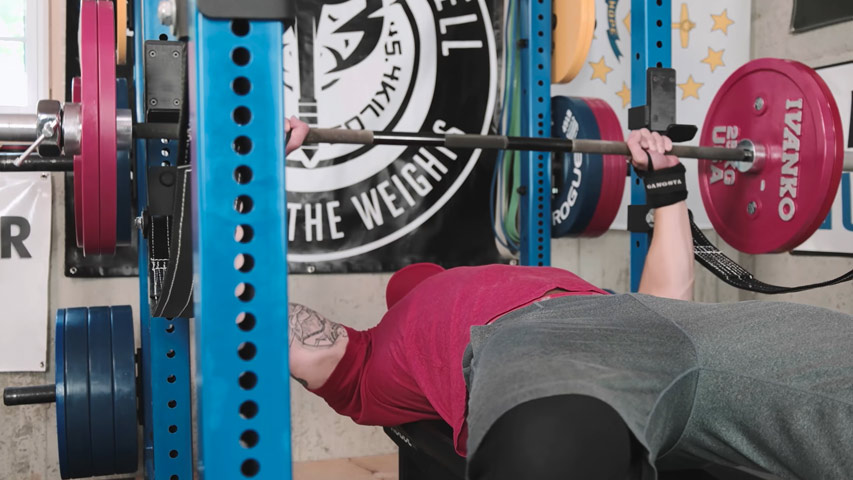
Sources;
wikipedia
























